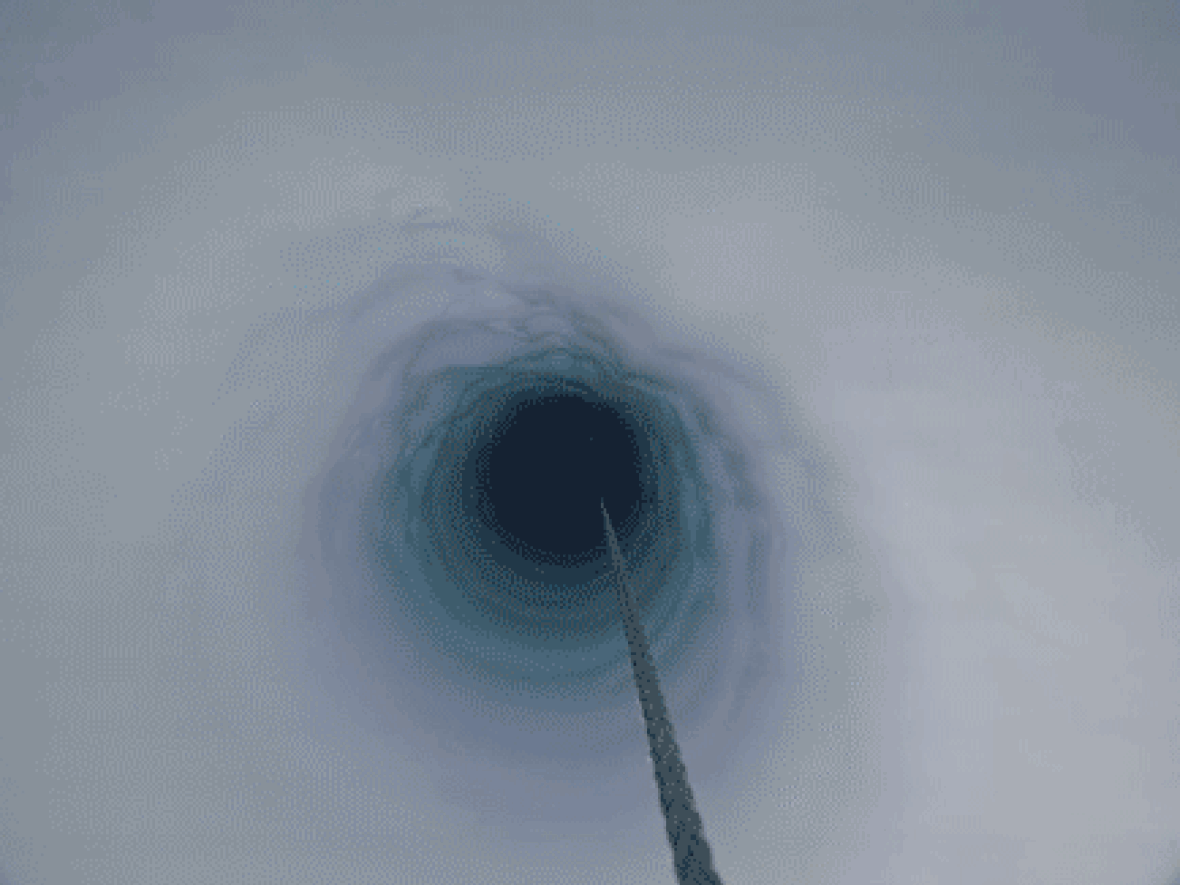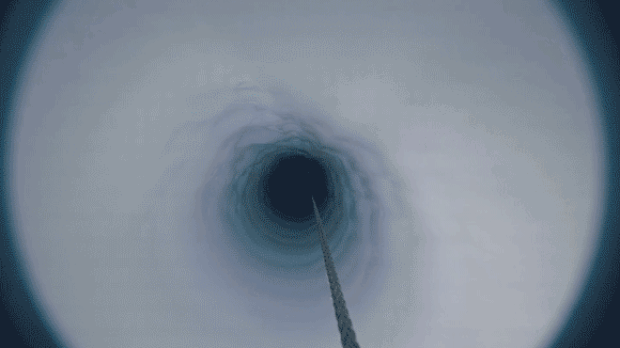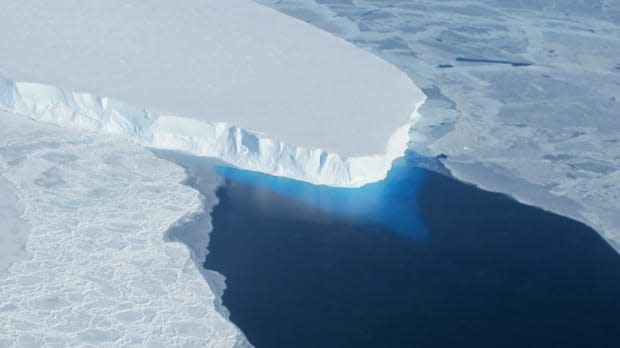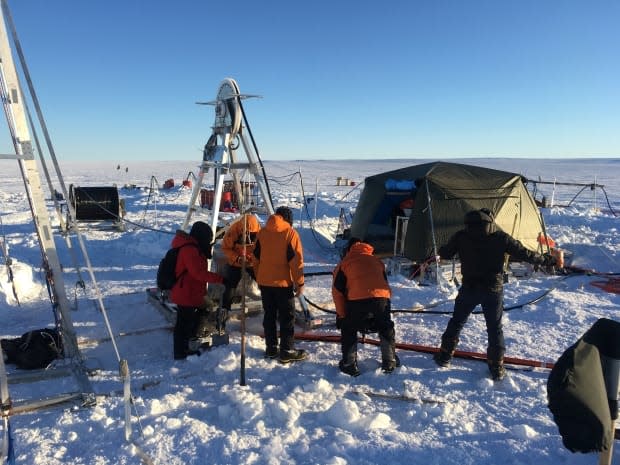Antarctic expedition gets up close and personal with a melting glacier

When Britney Schmidt piloted a robot down a narrow bore hole to explore the underbelly of the world's widest glacier, she was amazed by what she saw — ice pockmarked by crevasses and staircase-like patterns.
"I never thought of being able to use my eyes to detect melting," said Schmidt, an associate professor at Cornell University in New York who led the team that built and deployed the autonomous undersea robot named IceFin.
In January 2020, Schmidt and her team journeyed to the continent of snow and ice, along with an international expedition of scientists from the United States and Britain. She said they met their fair share of obstacles; doing field work in Antarctica involved waiting out a storm in a tent and digging out of two-metre tall snow drifts.
"It is just the most powerfully beautiful place in the world. It is so impressive and so dangerous, and at the same time so fragile," Schmidt said.
Her findings, published this month in the research journal Nature, reveal how warming ocean waters are eroding glaciers in the West Antarctic Ice Sheet.

Every fraction of a degree of increase in global temperature averages has consequences, which is why Schmidt and her colleagues are hoping their research will help more accurately predict the link between climate change, receding ice and rising sea levels.
"For the next 100 years, we're still going to be strongly affected by what's already happened," Schmidt said.
"Do we need a five-foot seawall or a 10-foot seawall, or do we need to move people out of coastal environments in places that are particularly susceptible? What else can we do as humans to make our planet livable for us?" Schmidt said.
The focus of her research: the colossal Thwaites Glacier, which at 192,000 square kilometres is larger than New Brunswick and Nova Scotia combined.
Don't call it the Doomsday Glacier
Already, the receding glacier is contributing about four per cent of all global sea level rise.
Peter Davis, a physical oceanographer with the British Antarctic Survey, said the ice shelf that sits off the front of Thwaites acts like a cork, holding the glacier back.
But it's been disintegrating.
"Over the next 10 to 20 years, we'd probably expect that kind of safety band to disintegrate entirely," he said.

If the glacier were to collapse entirely, which scientists expect will take centuries, the glacier could add more than half a metre of global sea rise potential, while also destabilizing neighbouring glaciers.
That's why some have dubbed it the "Doomsday" glacier.
But not Davis.
"As scientists, we try to avoid the use of the term 'Doomsday glacier' because it tends to suggest that there's nothing left for us to do," Davis said.
"That's definitely not the case."
He said the take away shouldn't be climate dread and hopelessness — but more informed climate change mitigation and adaptation strategies.
"It's not too late. We can mitigate the worst effects and we can do good."
Davis, who was a part of the same international expedition to Thwaites Glacier in 2020, found in his research that while the melting rate was lower than expected, it doesn't take much of a change to push a big Antarctic glacier out of equilibrium.
"We want to go ahead from this point with all the information we're gathering and use it to justify ways to cut our carbon emissions and to move to a greener economy," he said.
Schmidt agreed, saying it's important to remember the choices that people make right now can affect people living on the other side of the world.
"This idea — that because you own a piece of land somewhere, you only have to take care of that piece — It just doesn't really work like that. We're in a complex integrated system," she said.
Canada vulnerable to rising sea levels
In fact, Canadian climate researcher William Colgan said Canada actually receives a disproportionate amount of its sea level rise from Antarctica.
"It's the classic case of what happens in Antarctica doesn't stay in Antarctica," he said.
When Antarctic ice melts into water, the continent in the southern hemisphere loses mass, Colgan explained. That means gravity around Antarctica decreases and the water flows toward the northern hemisphere.

Colgan, who works with the Geological Survey of Denmark and Greenland, said he thinks Canada should consider being more involved in Antarctic research.
"Canada's not a signatory to the Antarctic Treaty system, so we don't have a physical presence down there," he said.
"I think generally climate change is the overriding narrative that's going to shape our society over the next 50 to 100 years. And the more involved a nation is in that research, the better its understanding."
WATCH | Investigating melting glaciers and rising sea levels:


